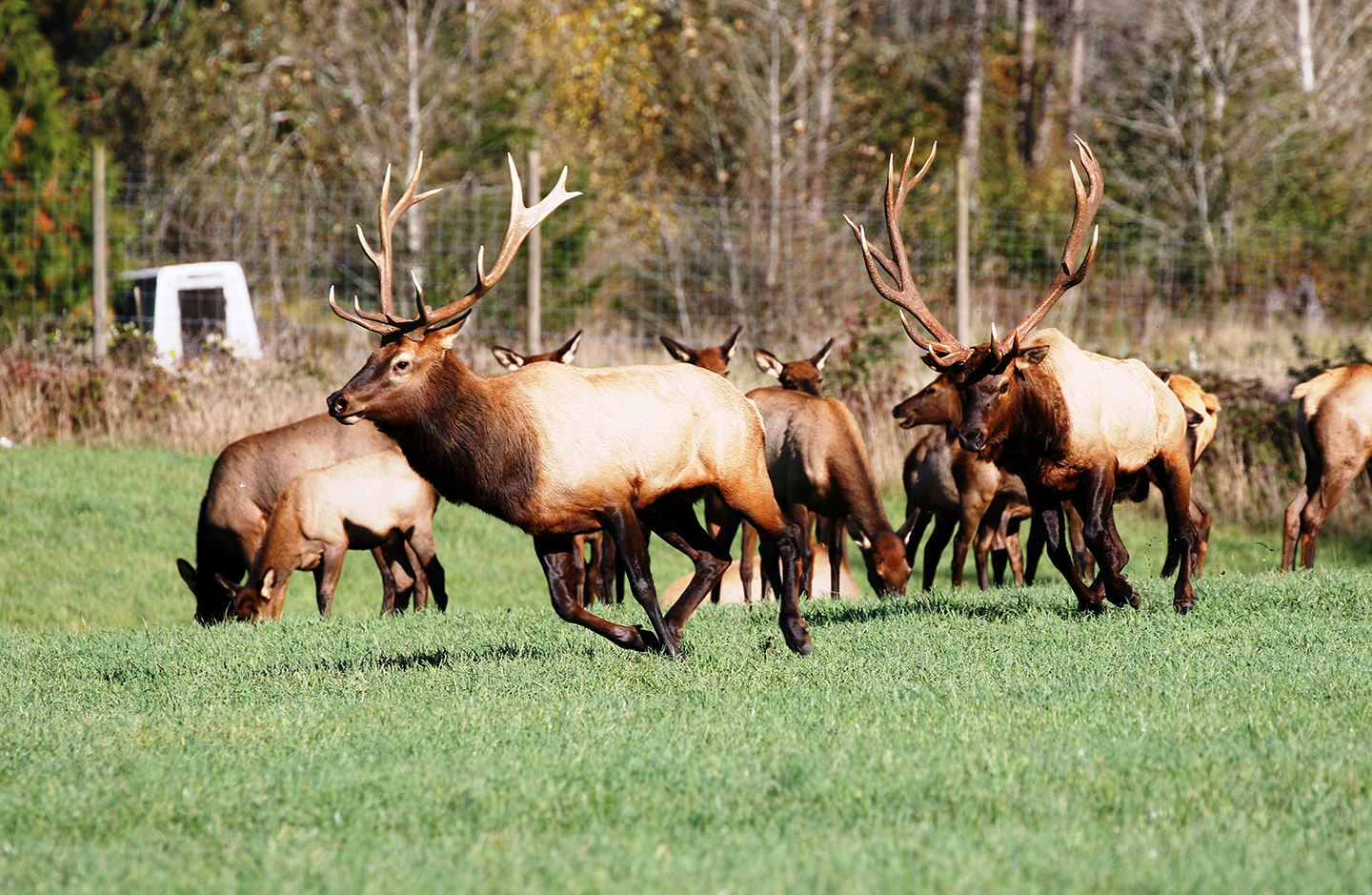Wildlife Program
Updated 3/16/2023
The Stillaguamish Tribe's Wildlife Program manages for healthy and sustainable wildlife populations throughout the Tribe's ceded area to protect treaty resources for future generations.
Staff conduct wildlife population and forest health studies to inform harvest management and target areas for habitat improvement and conservation. Wildlife Team Members participate in projects that benefit both game and non-game wildlife species and work cooperatively with tribes, federal and state agencies, and environmental organizations throughout Washington State.

To report a poacher please contact:
Stillaguamish Fish & Wildlife Enforcement:
Pete Knowlton: (425) 299-8486
OR
Report to Washington Department of Fish & Wildlife via Call, Text, or Email
Red Cabin Creek Wildlife Overpass Project
The Stillaguamish Tribe is partnering with the Upper Skagit Indian Tribe, Tulalip Tribes, and the Washington Department of Transportation (WSDOT) to design and construct a wildlife overpass east of Red Cabin Creek (milepost 76) on State Route 20 (SR 20) in Skagit County, Washington. Funding for this project is from the Federal Department of Transportation’s Wildlife Crossings Pilot Program Grant FY 2022-2023 (highways.dot.gov), which was created as part of the 2021 Bipartisan Infrastructure & Jobs Act. These funds were earmarked for the specific purpose of creating wildlife crossing structures in the United States.
North Cascades Elk Herd Management
The Tribe partners with other Point Elliot Treaty Tribes on elk forage enhancement throughout Game Management Units 418 and 437. The goal is to improve elk foraging habitat for the North Cascades elk herd to promote herd sustainability and expansion.

Mountain Goat Monitoring
The Sauk-Suiattle, Stillaguamish and Tulalip tribes have placed GPS collars on mountain goats as a means of monitoring populations and the impacts of climate change on their survival. Multiple aerial surveys have also been used to estimate populations. A 2015 climate change vulnerability study conducted by the Climate Change Impacts Group of the University of Washington determined that mountain goats are a species of moderate to high risk. Traditionally, mountain goat wool was gathered for clothing among other uses.

Shorebird & Waterfowl Monitoring
Port Susan is designated by the Audubon Society as an Important Bird Area. Wildlife Program staff partner with U.S. Fish and Wildlife Service to band mallards in order to estimate survival and sustainably manage harvest. These efforts will enhance monitoring of recent projects designed to reconnect estuarine habitat. Anyone who harvests or finds a dead mallard with a band is encouraged to report the number to the Bird Banding Laboratory who will then send a certificate with information about the sex, age, species, and where/when it was banded.

Forest Health Monitoring
Forestry management can yield a wide variety of habitat conditions both for aquatic and terrestrial organisms. The Stillaguamish Tribe Wildlife Program, in partnership with U.S. Forest Service, the Sauk Suiattle Tribe, and various bird organizations, hopes to use land bird observations as an indicator of habitat complexity. This is particularly important for vulnerable species like the Northern Spotted Owl and Marbled Murrelet.

